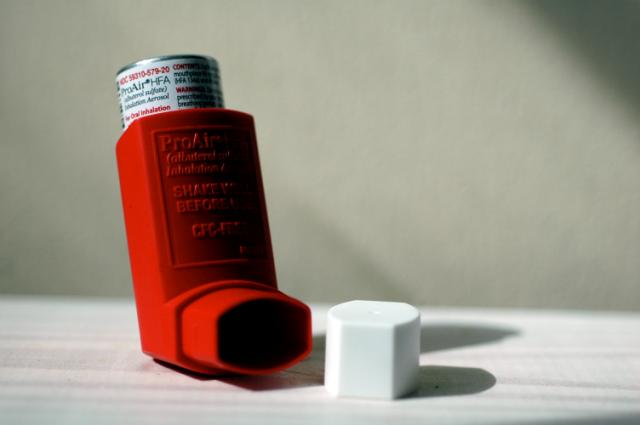Playlist
Show Playlist
Hide Playlist
Respiratory Distress: Management
-
Emergency Medicine Bord Respiratory Distress.pdf
-
Download Lecture Overview
00:01 So for respiratory distress, we are starting out for the management back to the basics, back to those ABCs. 00:07 When you walk in that room, sit your patient up, start them on supplemental oxygen as needed. 00:14 So if they're hypoxic and their oxygen levels are low, go ahead and put them either on oxygen in their nose with nasal cannula, or possibly a non-rebreather mask as needed. 00:24 Oftentimes, I say for our patients who are short of breath better to start off with the higher amount of oxygen and we can always titrate it down so that non-rebreather mask turned all the way up, as oftentimes the way to go. 00:36 We wanna start thinking about starting our patients on medications. 00:40 I'm not gonna go into too much detail here, but depending on the etiology of the shortness of breath, we can start medications nice and early. 00:48 Sometimes even our medics go ahead and they start people out on nebulizer treatments when they are on their way in to the hospital. 00:54 They sometimes will start people out on nitroglycerin, if there's concern for heart failure. 00:59 And lastly, we wanna start thinking about whether our patient would benefit from non-invasive or invasive ventilation. 01:05 So what we mean by noninvasive ventilation is we start the patient on either continuous positive airway pressure which stands for CPAP, or bi-level positive airway pressure, abbreviated as BiPAP. 01:17 And in those situations we place a tight fitting mask on a patient's face and hook them up to a machine that delivers either continuous positive airway pressures. 01:27 So it's basically forcing air into the patient's lungs with the positive airway pressure, and what BiPAP does that CPAP doesn't is it provides support both in inspiration and expiration. 01:37 A key thing to remember when you're starting someone on noninvasive ventilation is they have to be able to cooperate with this treatment, and they have to be breathing. 01:46 If someone is not able to cooperate with their treatment and it's not going to work, because it's based on the patient's taking spontaneous respirations, so it delivers that positive airway pressure basically when the patient inhales. 01:58 So patient needs to be breathing on their own. 02:01 Now, invasive ventilation is when you intubate a patient. 02:05 So that's when you provide someone with sedation and you go ahead and you put a breathing tube into their trachea. 02:10 Noninvasive ventilation has really changed the way we practice emergency medicine. 02:16 It's been a great way to limit intubations in this invasive ventilations for patient, so we know that for a lots of patients who present with shortness of breath, that noninvasive ventilation can decrease the amount of time they stay in the hospital and stay in the intensive care unit. 02:31 You know, noninvasive ventilation is really best for patients who presents with exacerbations of COPD, and exacerbations of heart failure. 02:40 For things like pneumonia, and various other causes, it might not necessarily be of as much benefit, but definitely it's a great thing to reach for in order to help prevent someone from having to be intubated, and can really save off a lot of intubations for those patients.
About the Lecture
The lecture Respiratory Distress: Management by Sharon Bord, MD is from the course Respiratory Emergencies.
Included Quiz Questions
What is the primary requirement that must be present in patients for the use of non-invasive ventilation?
- Spontaneous breathing
- Decreased oxygen saturation
- Decreased level of consciousness
- Normal blood pressure
- Decreased respiratory rate
What differentiates BiPAP from CPAP?
- BiPAP provides support for both inspiration and expiration.
- BiPAP delivers less oxygen to the lungs.
- A tight-fitting mask hooked to a machine is used in BiPAP.
- BiPAP requires spontaneous respiration.
- BiPAP requires sedation.
Customer reviews
4,0 of 5 stars
| 5 Stars |
|
0 |
| 4 Stars |
|
1 |
| 3 Stars |
|
0 |
| 2 Stars |
|
0 |
| 1 Star |
|
0 |
Very good, but could have more details in the medications used to treat the most common respiratories distress causes. Like budesonide and ipratropium in an asthmatic crisis.





